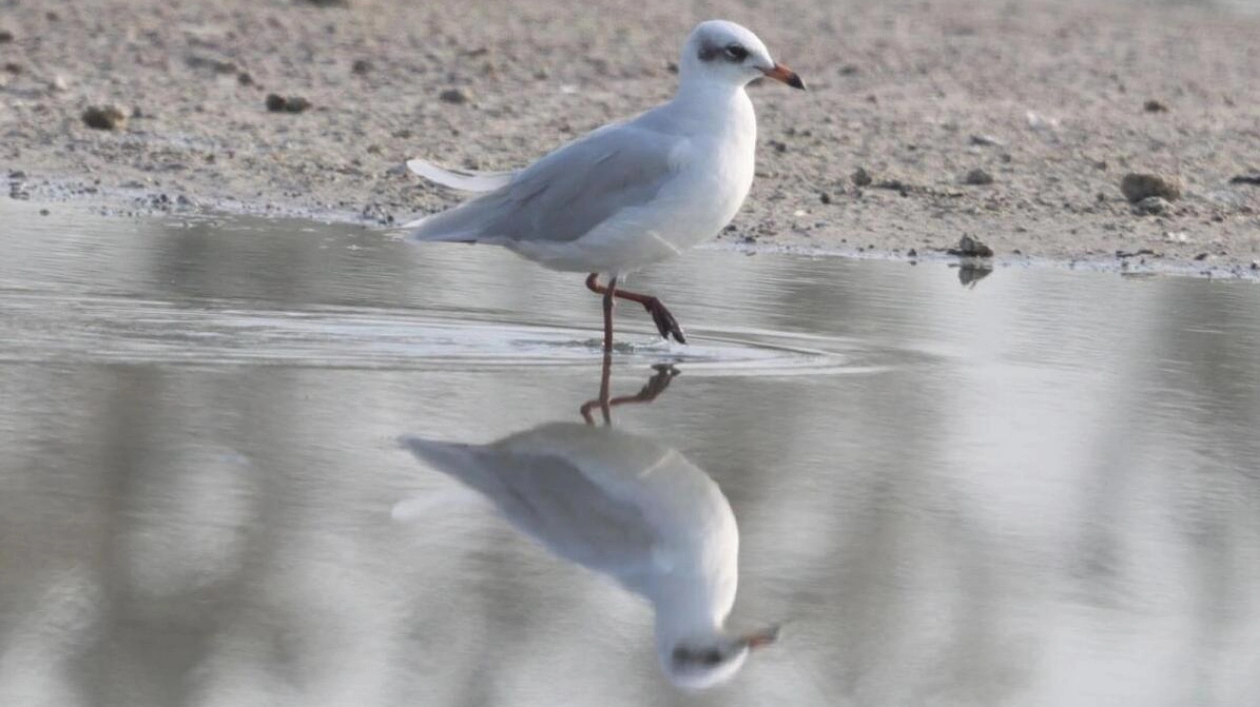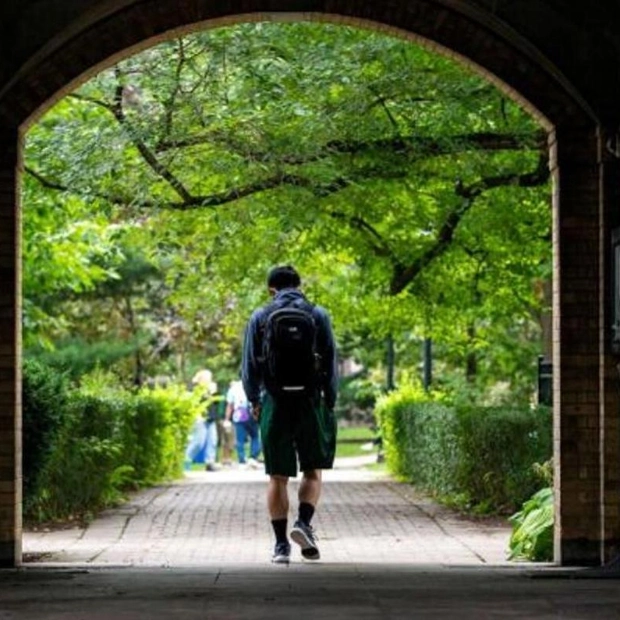For the first time in 28 years, a Mediterranean Gull has been observed at Dubai's Ras Al Khor Wildlife Sanctuary, as reported by seasoned wildlife expert Reza Khan. This rare sighting occurred on July 26 and was documented by UAE birdwatcher D. Darrell-Lambert, who shared the observation via the UAE Bird Alert WhatsApp group. Typically inhabiting the shores of Europe and the Mediterranean Sea, the Mediterranean Gull is regarded as a rare visitor in the UAE. Over the past 25 years, only 15 sightings have been recorded nationwide, with nine in Abu Dhabi, four in Dubai, and two in Sharjah.
Following the initial report, the 78-year-old Khan, who also serves as a conservation specialist at Al Marmoom Desert Conservation Reserve (Al Qudra Lake), began closely observing the bird's activities at RAKWS. He found it intriguing to see the Mediterranean Gull coexisting with other species such as the Black-headed and Slender-billed Gulls in the wetland. According to birdsoftheworld.org, the Mediterranean Gull measures 36–38 cm in length and weighs between 215–350 grams.
The first documented sighting of this species in the UAE was on December 27, 1996, at the Ramtha Rubbish Tip, now recognized as Wasit Nature Reserve in Sharjah. Khan pointed out the bird's distinct characteristics, including its fuller body, more robust bill, elongated legs, and distinctive dark eye-mask. Unlike the common Black-headed Gull, the Mediterranean Gull lacks black wing feathers and features a thicker bill with a dark band near the tip. Its distinctive shape, dark eye-mask, and terminal ring on the bill make it easily identifiable.
Khan noted that the bird has been primarily feeding on tilapia fish in the wetland, often found in shallow waters alongside other aquatic birds. Although classified as 'Least Concern' on the IUCN Red List, the status of the Mediterranean Gull in the UAE is uncertain due to its infrequent appearances. Khan assured that the bird faces no threats during its stay in the UAE, as RAKWS provides an ideal sanctuary with ample food, robust conservation measures, and a vibrant birdwatching community.






